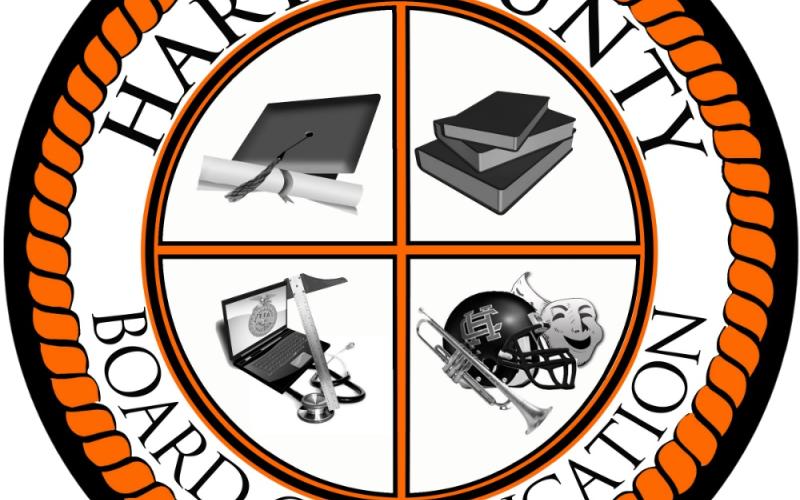On Monday, Nov. 14, the Hart County Board of Education approved the replacement of 112 older cameras throughout the Hart County School System in favor of newer ones that will enhance teacher and student instruction and security.
The primary issue that the Board of Education highlighted was that teachers in the school system were not recording themselves while doing their lessons with their students. The reason that teachers gave for not recording their lessons was due to SAFARI Montage, the current software of the cameras, not being “user-friendly”.
“[The reason] we’re looking to get those cameras replaced is because right now we use a program called SAFARI Montage, and it’s basically proven to be overly complicated,” Hart County associate superintendent Brooks Mewborn said. “There’s a lot of action steps required to record the lessons and then review the recordings. SAFARI Montage is not user friendly, and because it’s so difficult teachers don’t use their cameras as much as we desire.”
Another reason the board wants to replace the 112 older cameras is because they do not provide the same image clarity that the newer ones yield, which is needed for education and instruction purposes.
“It’s just like a coach would use a camera for film study for a game or show it to a student athlete, things that they could correct in their play so that they can better in a game. Well, our teachers use those cameras for the same thing,” Mewborn said.
In addition to the image clarity that the new cameras will enhance, Hart County technology director Jonathan Higginbottom found that the new cameras will also provide additional security measures.
“[Higginbottom] had discovered a safety feature that didn’t work with the original 112 [cameras], so when we replace them we’ll make sure that we have the safety and security features, the upgrades that are needed for the new cameras that we’ll be installing,” Mewborn said.
According to Higginbottom, a safety feature that is installed in the new cameras is not compatible with the old ones. The safety feature will allow a teacher to push a button on his/her teardrop microphone that will immediately open the camera for recording, which will also signal an alarm to the school’s front desk, prompting a live video feed to appear for faculty observation.
“Let’s just say that a student had a medical emergency in the classroom, [a teacher’s] old camera was not recording. The new cameras will allow teachers to dictate when they can record... so [the cameras] will allow the teacher to press the classroom button and the camera will automatically start recording.” Mewborn said. “If a student had a seizure, we would be able to go back to the [new] cameras because it would have it recorded. It’s for safety and for teachers to go back and look at their performance.”
The new software that the new cameras will be programmed through will be with EPIC systems, which is a program that is specifically for K-12 education, allowing teachers and faculty to directly communicate with each other, and provides situational awareness in urgent situations.
“We’re looking to merge [our cameras] into a program called EPIC. It’s more up to date,” Mewborn said. “Obviously, with everything that’s going on in society today, we pray everyday that we don’t have to worry about an intruder coming onto campus and going into one of our classrooms, but the [new] cameras offer that feature. We just want our teachers to have the most improved technology to help them and [our] students.”
According to Mewborn, the software program EPIC Systems and the new cameras will be funded through Educational Special Local Option Sales Tax (ESPLOST) and will cost $233,000 for purchase and installment.
“We’ll phase [the installment] out over time,” Mewborn said. “We always have safety and security in our ESPLOST and that’s what we’re going to be using to replace those cameras.”
In other business:
•The board approved the Policy EEE wellness program to include the five components of physical fitness: body composition, flexibility, muscular strength, muscular endurance, and cardiorespiratory endurance.
•The board approved the resolution for the continuation of the Educational Special Local Option Sales Tax (E-SPLOST) of 1 percent.

